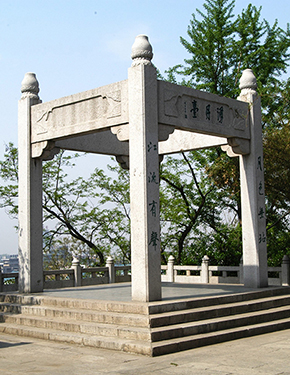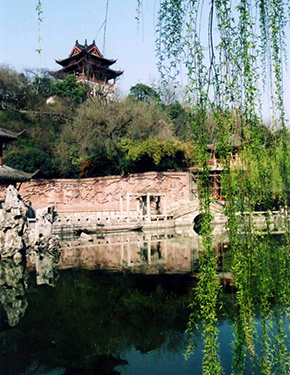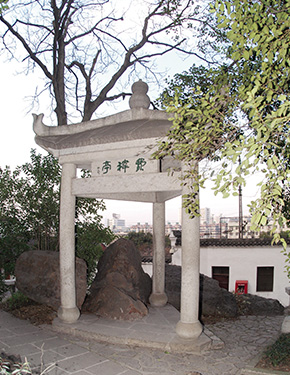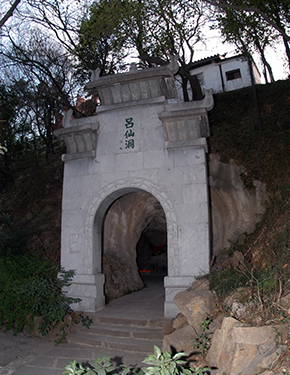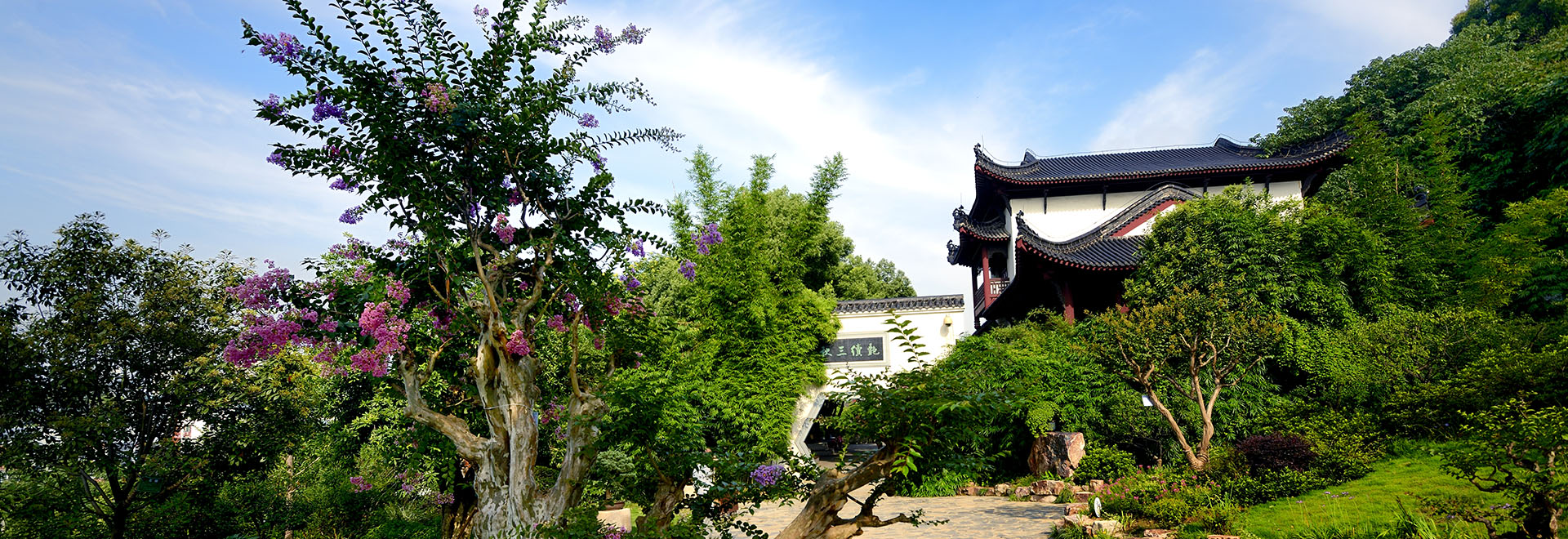
Grotesque Rock Garden
- Nomal
- Enlarge
- Reduce
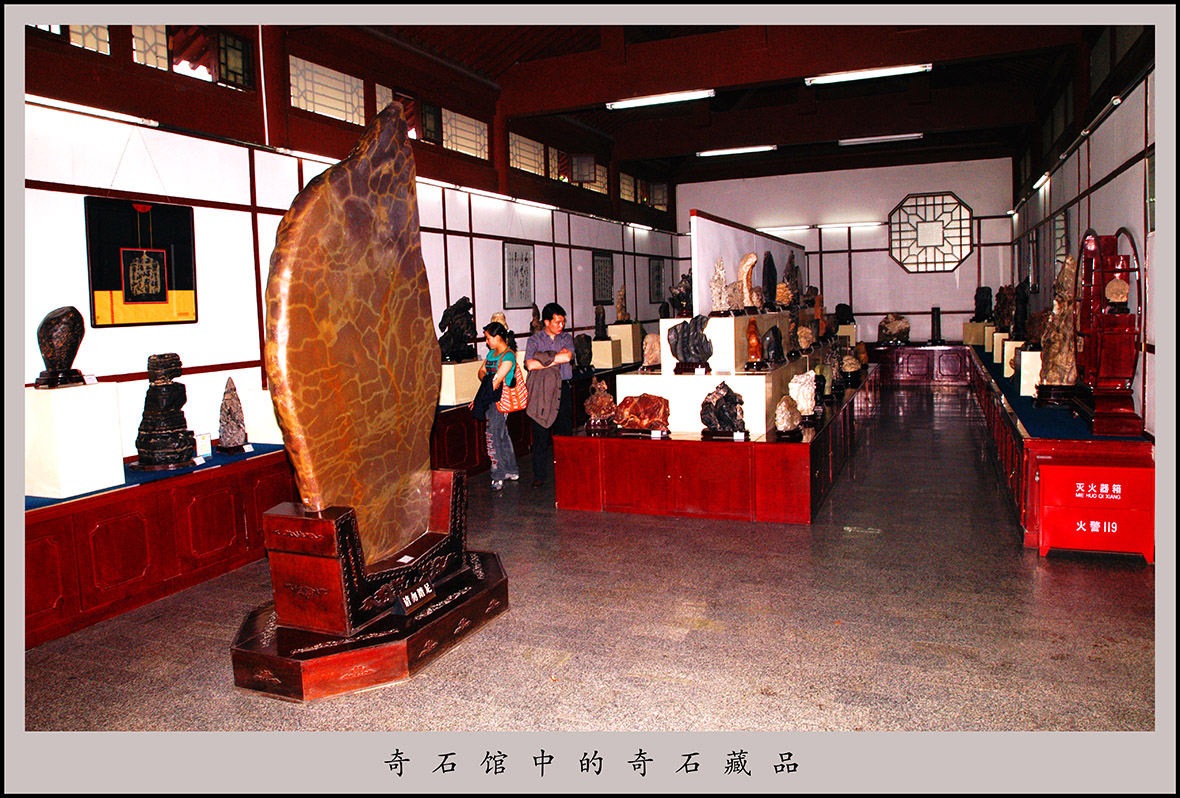
This rock garden was a venue for showcasing calligraphies, paintings and handicrafts when it was first built in 1990. Obviously, the original name “literary garden” speaks for its function. It stands 153 m due east of north of Yellow Crane Tower and 133 m southwest of White Cloud Pavilion. Scenic spots like A Scroll of Cui Hao Inscribing a Brilliant Poem, Genius-Scaring Pavilion, Mi Fu Bowing to a Stone are several steps away. Any tourist leaving the Western Section for Southern Section has to walk the road along these spots.
In 1997, the park transformed this garden into the present form that consists of indoor and outdoor spaces. The indoor space showcases 262 grotesque stones while the outdoor space features 35 bizarre stones. These stones are transported from provinces or autonomous regions like Xinjiang, Gansu, Henan, Shandong, Anhui, Jiangsu, Guangxi, Guizhou, Yunnan, Hunan and Hubei. In function, the rocks fall into mountain-shaped rocks, pictographic stones, abstract stones, textured stones, picture stones, ancient creature fossils, meteorites, character stones, craft stones, mineral specimens. Yet in composition; they are divided into arcane dragon stones, chrysanthemum stones, Lingbi stones, malachites, dark jades, purple-gold stones, crystals, Laoshan pyrochlores, peony stones, to name a few. All such ethereal stones have different hues and shapes. They must have been created ingeniously by Mother Nature. Some have craggy peaks and snowy waters; some feature freehand lines of moons, clouds and flowers; yet some resemble animals or other objects. The biggest rocks of dozens of tons may be well suited for halls or pavilions whilst the smallest stones may be placed on desks or shelves. In 1998, the garden started being open to the general public.
Tourist Service
- consulting hotline
Service hotline: 027-88875096
Supervision hotline: 027-88848188
027-12301
(Wuhan Tourism Bureau.)
027-87124701
(Hubei Tourism Administration)
- Official qr code.
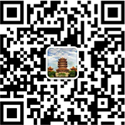
Scan focuses on the yellow crane tower.
- Online consultant
- Complaint and advice

